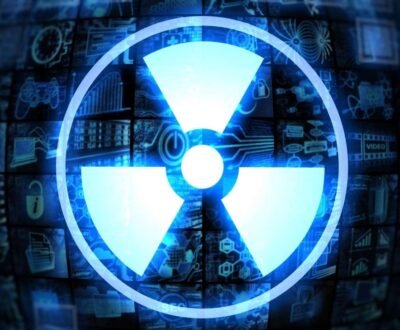A CT scan or a computed tomography scan is also known as computed axial tomography. This medical technology works using computers and x-rays to produce a picture of your body’s inside, i.e., organs. In a CT scan, a patient lies in a tunnel-like structure of a CT scan machine; the inside, the CT scan machine rotates and takes x-rays from different angles. This allows doctors to see inside of your body without fragmenting it.
Whereas, A PET scan, positron emission tomography scan is an imaging technology that reveals disease in organs and how organs are performing. In a PET scan, a radioactive tracer is injected through veins, inhaled, or swallowed depending upon specific organ imaging.
History of PET/CT scan
The very first CT scan image was produced on 1st October 1971 in a hospital in London, England. Godfrey Hounsfield and his team developed the image of a frontal lobe tumor in the brain of 80×80 matrix. However, talking about PET scan development, this technology started in 1950, and the first PET scan was used in 1974 by Edward J. Hoffman and his associates.
Indications of PET/CT scan
The vast range of PET indications are:
- Inflammation such as pyrexia, rheumatology diseases (vasculitis).
- Oncology (cancer): malignancy, tumor, staging, surveillance, and response computation.
- Neurological problems, such as dementia, epilepsy.
- Assessment of solitary pulmonary nodules.
- Guiding in the pleural biopsy of mesothelioma.
The indications of a CT scan include:
- Diagnosis of bone and muscle disorders.
- Imaging infection, tumor, and blood clot.
- Guiding procedures like radiation therapy and surgeries.
- Diagnosis of internal bleeding, abscess, or injuries.
- Detecting ureteric calculus.
- Fractures, trauma, and dislocation of the cervical spine.
We, as a teleradiology service provider, offer online interpretation and reporting of nuclear scans including PET/CT scans.
About us and this blog
We are a teleradiology service provider with a focus on helping our customers to repor their radiology studies. This blog brings you information about latest happenings in the medical radiology technology and practices.
Request a free quote
We offer professional teleradiology services that help hospitals and imaging centers to report their radiology cases on time with atmost quality.
Subscribe to our newsletter!
More from our blog
See all postsRecent Posts
- Understanding the Challenges of Teleradiology in India January 19, 2023
- Benefits of Teleradiology for Medical Practices January 16, 2023
- Digital Transformation of Radiology January 2, 2023









